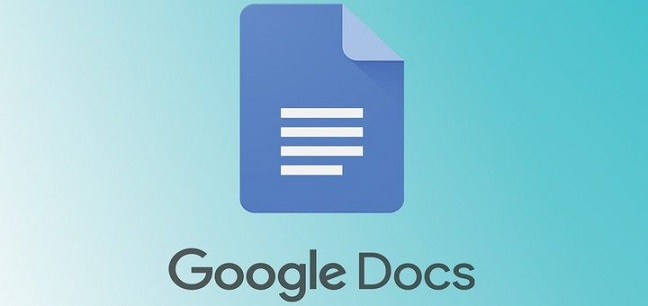
A Guide on How to Save a Google Doc
In today’s digital world, Google Docs has become an essential tool for many individuals and businesses. Whether it’s for creating a document, collaborating with others, or simply storing important information, Google Docs offers a convenient and efficient way to manage your documents. However, with the ever-changing technology landscape, it’s important to know how to properly save your work in Google Docs to avoid any potential data loss or disruptions. Learn how to save a Google Doc as a PDF effortlessly with the helpful guide provided on Foxit’s blog. In this comprehensive guide, we will walk you through the step-by-step process on how to save a Google Doc, including different saving options, tips for automatic saving, and troubleshooting common issues. By following these guidelines, you can ensure the safety and accessibility of your important documents at all times. So, whether you’re a seasoned Google Docs user or just starting out, this guide will equip you with the necessary knowledge to effectively save your work and protect it from any unexpected mishaps. Let’s dive in and discover how to save a Google Doc like a pro.
Efficiently back up your work
One of the most critical tasks in today’s digital age is ensuring the safety and security of your valuable work. Losing important documents, presentations, or data can be devastating and can result in significant setbacks. That’s why it is crucial to establish an efficient system for backing up your work. By implementing a robust backup strategy, you can safeguard your files against accidental deletion, hardware failures, or any unforeseen events. There are various methods available to back up your work, including cloud storage services, external hard drives, or network attached storage (NAS) devices. Each option comes with its own advantages and features, allowing you to choose the most suitable backup solution for your specific needs. Remember, consistently backing up your work is a proactive approach that can save you time, effort, and potential frustration in the long run.
Use the ‘Save’ shortcut regularly
To ensure the safety and integrity of your work while using Google Docs, it is essential to utilize the ‘Save’ shortcut regularly. By incorporating this simple habit into your workflow, you can effectively protect your documents from accidental loss or disruption. The ‘Save’ shortcut, which can be accessed by pressing Ctrl + S on Windows or Command + S on Mac, allows you to quickly save your changes and updates to the document in real-time. By doing so, you create a backup of your work, preventing any potential data loss in the event of power outages, system crashes, or unexpected disruptions. Making it a habit to use the ‘Save’ shortcut regularly ensures that your progress is safely recorded and easily recoverable, providing you with peace of mind and the ability to focus on your work without the fear of losing valuable information.
Utilize Google Drive’s autosave feature
In addition to the ‘Save’ shortcut, another powerful feature offered by Google Drive is its autosave functionality. With this feature enabled, any changes or edits made to your Google Doc are automatically saved in real-time, without the need for manual intervention. This means that you no longer have to worry about remembering to save your work periodically or losing progress due to unforeseen circumstances. The autosave feature not only provides convenience, but it also serves as an added layer of protection for your documents, ensuring that every modification is securely stored as you work. By utilizing Google Drive’s autosave feature, you can confidently focus on your tasks, knowing that your important work is continuously saved and readily accessible whenever you need it.
Collaborate with version history function
Collaborating on a document with multiple people can be a challenging task, especially when it comes to keeping track of changes and revisions. Fortunately, Google Drive offers a powerful tool called the version history function that simplifies this process. With the version history function, you can easily view and revert to previous versions of your Google Doc, allowing you to review and compare changes made by different collaborators. This feature is particularly useful when working on group projects, as it enables seamless collaboration and ensures that everyone is on the same page. By utilizing the version history function in Google Drive, you can effectively manage document revisions and streamline the collaborative process, ultimately enhancing productivity and efficiency in your work.
Protect your document with backups
To ensure the safety and security of your valuable documents, it is crucial to protect them with backups. By creating regular backups of your Google Docs, you can safeguard against potential data loss due to accidental deletions, technical glitches, or other unforeseen circumstances. Google Drive offers an effortless way to back up your documents, allowing you to restore them to a previous state if needed. Additionally, you can explore third-party backup solutions that provide an extra layer of protection and flexibility. By implementing a robust backup strategy, you can have peace of mind knowing that your important documents are securely stored and easily recoverable, preserving your hard work and valuable information.
In today’s digital age, it is important to know how to efficiently save and store documents, especially those created on Google Docs. By following these simple steps, you can ensure that your important work is safely stored and easily accessible for future use. So whether you’re a student, professional, or just someone looking to organize their digital files, knowing how to save a Google Doc is an essential skill to have. With these tips in mind, you’ll never have to worry about losing your work again.

